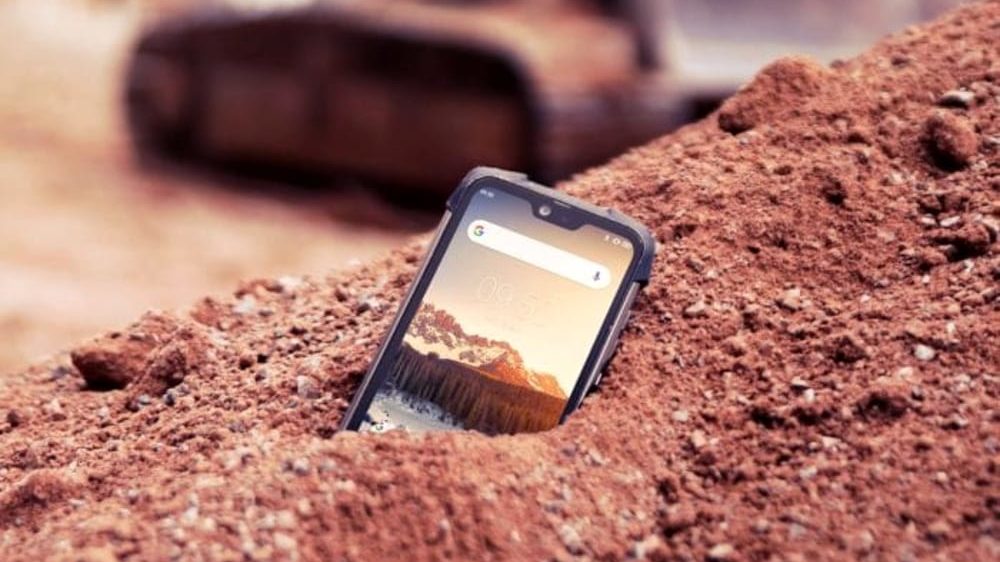A group of scientists from the U.S. Navy has developed a special metal clay that could be used to produce super strong smartphone display.
In a few years (maybe) we can say goodbye to our smartphon with broken display and protective films for screens that do not stick well. A group of scientists from the U.S. Navy has in fact developed a special metal clay that in the future could be used to produce a display for smartphon super strong and bomb-proof. The discovery, according to the Daily Mail, came almost by chance during a series of studies and experiments on the properties of metal clays. These compounds are very rich in alumina-silicate substances commonly used in the construction industry and in the construction of electronic devices. By combining magnesium and aluminium, the researchers have obtained a metallic clay that is already present in nature but that until now has never been possible to reproduce in the laboratory. This metal – the so-called “spinel” – is perfectly transparent, light and much more resistant than bulletproof glass. Hence the idea of using it, among other things, for the construction of bomb-proof smartphone displays.
Super-strong smartphone display thanks to the properties of metal clay
The new material was created through a mechanical process. Scientists from the U.S. Navy mixed, pressed and heated a magnesium-alumina-based nanopolymer at high temperatures. As a result of the pressure and heat given, a very pure spinel crystal was obtained. Subsequently, this block was modelled similarly to traditional clay and used to produce thin slabs of spinel. The US Navy’s goal is to use these plates to protect military vehicles, planes, spacecrafts and satellites. But, according to scientists, the spinel that could also be used to create scratch-resistant lenses for cameras and super durable displays for smartphones. Some science fiction enthusiasts have compared the material with the transparent aluminum used for the portholes of the Star Trek spaceships: will the material obtained by the researchers of the Navy really be so resistant?
